Joint vs Blunt vs Spliff: All Differences Explained
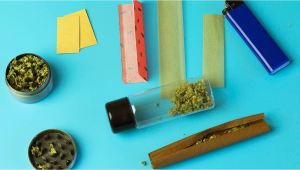
- 1. What is a joint?
- 1. a. Types of joints
- 2. What is a blunt?
- 2. a. Types of blunts
- 3. What is a spliff?
- 4. Differences between a joint, blunt, and spliff
- 4. a. Rolling papers and wrappers
- 4. b. Smoking
- 4. c. Rolling
- 4. d. Insides
- 4. e. Outside looks
- 4. f. Color
- 4. g. Size
- 4. h. Flavour
- 4. i. Health
- 4. j. Burning
- 4. k. Popularity
- 4. l. Costs
- 4. m. Effects
- 4. n. Smell
- 5. Pros and cons of joints
- 5. a. Advantages
- 5. b. Disadvantages
- 6. Pros and cons of blunts
- 6. a. Advantages
- 6. b. Disadvantages
- 7. Pros and cons of spliffs
- 7. a. Advantages
- 7. b. Disadvantages
- 8. The bottom line
- 9. Faq
- 9. a. Do backwoods get you higher?
- 9. b. Do spliffs get you higher than joints?
- 9. c. What burns faster blunt or joint?
- 9. d. Is a blunt or joint easier to roll?
- 9. e. How many cigarettes equal a blunt?
To this day, smoking remains the most popular way of consuming marijuana, and one of the most convenient ways of smoking is cigarettes. In this article, we’ll look at the difference between such cannabis cigarettes as blunt, spliff, and joint.
What is a Joint?
Joint is simply some ground cannabis flower rolled into a piece of paper to form a cigarette. Joints contain a small amount of marijuana – from 1/3 of a gram of dry bud to about 1 gram. Joints can be hand-rolled or made with a rolling machine, use paper of different size and material, have a simple cylindrical or conical shape, include a filter for more convenient smoking, etc. – it all depends on your personal preferences and your smoking style.
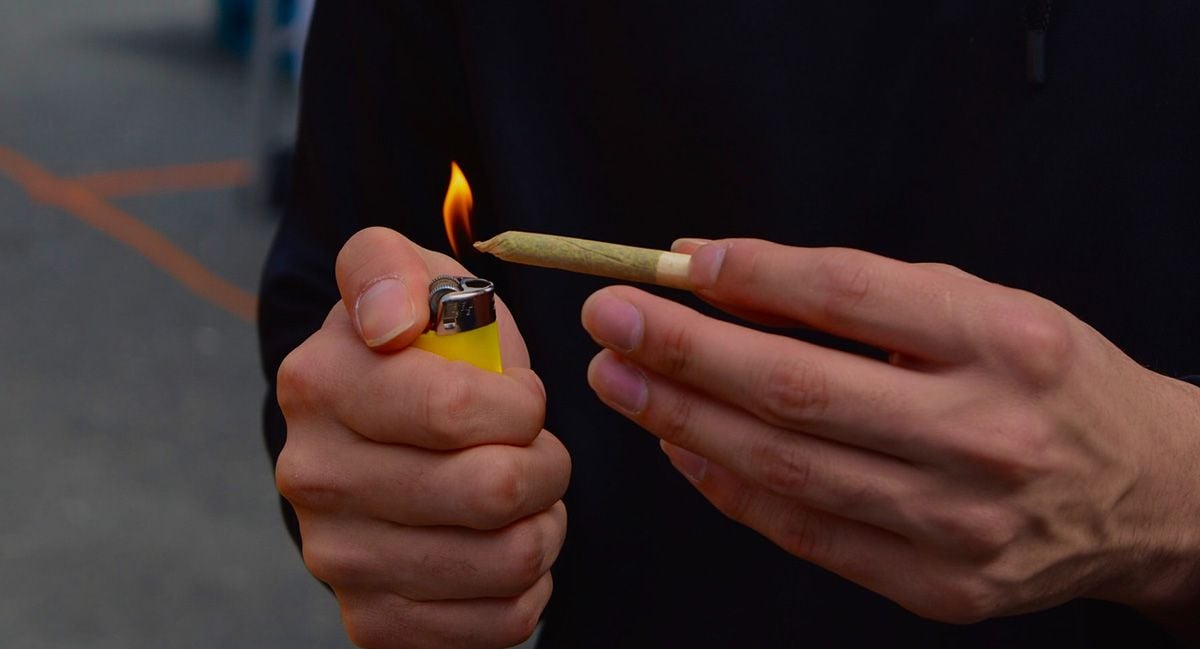
The main thing to remember is that joints are very different from spliffs or blunts in that they don’t contain any tobacco either in their filling or their wrap. Joints are great to smoke on the go, mostly alone (because of their small size) or with a friend or a very small group of friends.
Types of Joints
The number of slang words describing marijuana smoking might be confusing for a beginner, so it’s nice to understand what people mean when they say ‘pinner’, for example, or what is a ‘crutch’. So, here we describe a few types of joints:
- A classic joint is usually hand-rolled without a filter, and its ends are twisted to prevent the weed inside from falling out.
- A tipped joint is using a filter (aka crutch) to give it stability when rolling and to allow you to smoke the bud down to the last crumb without using a holder.
- Pinner is a very small, thinly-rolled joint that holds just enough bud for one solo smoking session. You don’t put out a pinner and save the remainder of it for later.
- Spliff. Many people, especially in Europe, call their cannabis cigarettes joints while they are in fact spliffs as they contain tobacco, but more of it below.
What is a Blunt?
Blunt is a type of cannabis cigarette which has pure marijuana as a filling, but it’s rolled in a tobacco leaf. Blunts are great for those smokers who have nothing against tobacco, and they are also bigger than regular joints and thus more convenient to pass around in a larger circle of friends.
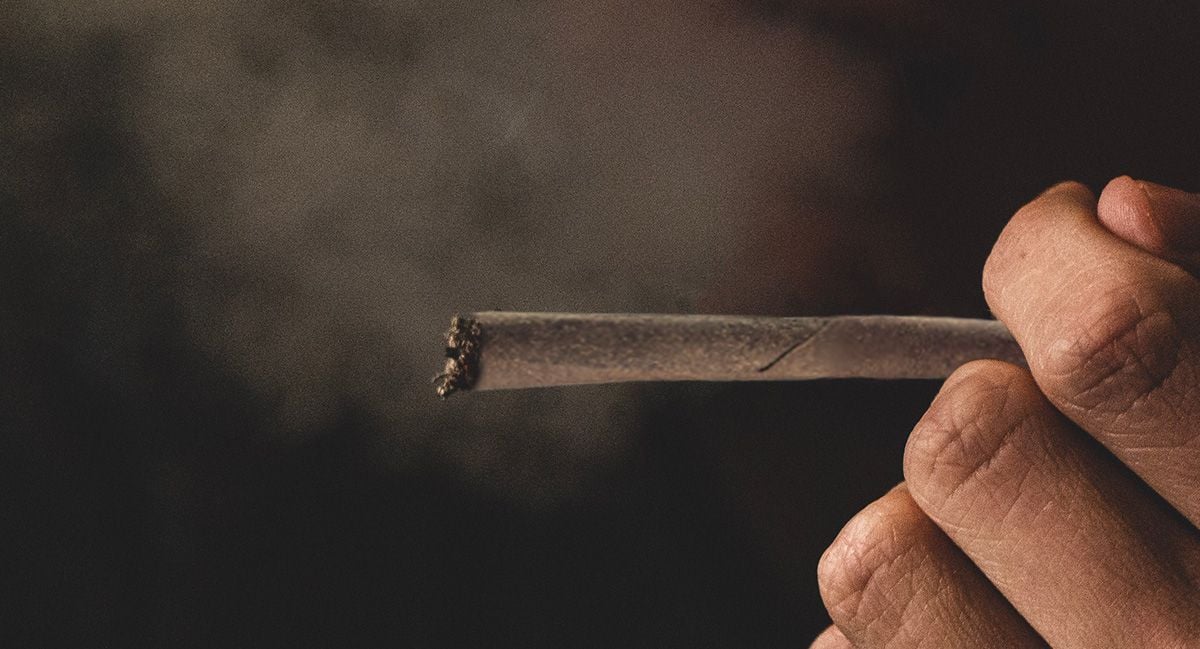
Types of Blunts
Blunts can be rolled with different wrappings, and that is what largely determines their type. What we give below isn’t common slang or anything but will give you a general understanding of what types of blunts there are.
- Fronto Leaf Blunts. The outer wrap of a good cigar is made out of a half of a big tobacco leaf that has been cured to the point when it assumes a rich chocolate color and flavor. These leaves known as fronto leaves are sometimes sold separately and are quite expensive. They offer the best way of rolling a blunt.
- Backwoods Blunts. Backwoods is an American cigar brand, and to make a blunt of this type, you simply cut a cigar (of ANY brand, not necessarily Backwoods) lengthwise, remove its tobacco filling, and replace it with ground marijuana. You can also use smaller cigarillos for the same purpose.
- Hemp Blunts. These aren’t real blunts as they contain no tobacco, but thanks to the use of thick brown hemp paper, they resemble classic blunts in color and size. They may be a disappointment for tobacco enthusiasts but a blessing for those who hate tobacco yet want to enjoy the experience of smoking a fat, long-lasting juicy blunt.
A blunt and a joint are the two most popular forms of marijuana cigarettes in North America, but elsewhere, including Europe, people also enjoy the third kind of smokes called spliffs.
What is a Spliff?
A spliff is a cigarette that contains both marijuana and tobacco (in various proportions) and is rolled in paper. Spliffs let you use up less weed and enjoy a lighter kind of high that also has an energetic, buzzy tobacco kick to it. Die-hard cannabis fans look down on spliffs, believing tobacco spoils weed’s pure flavor and harms your body.
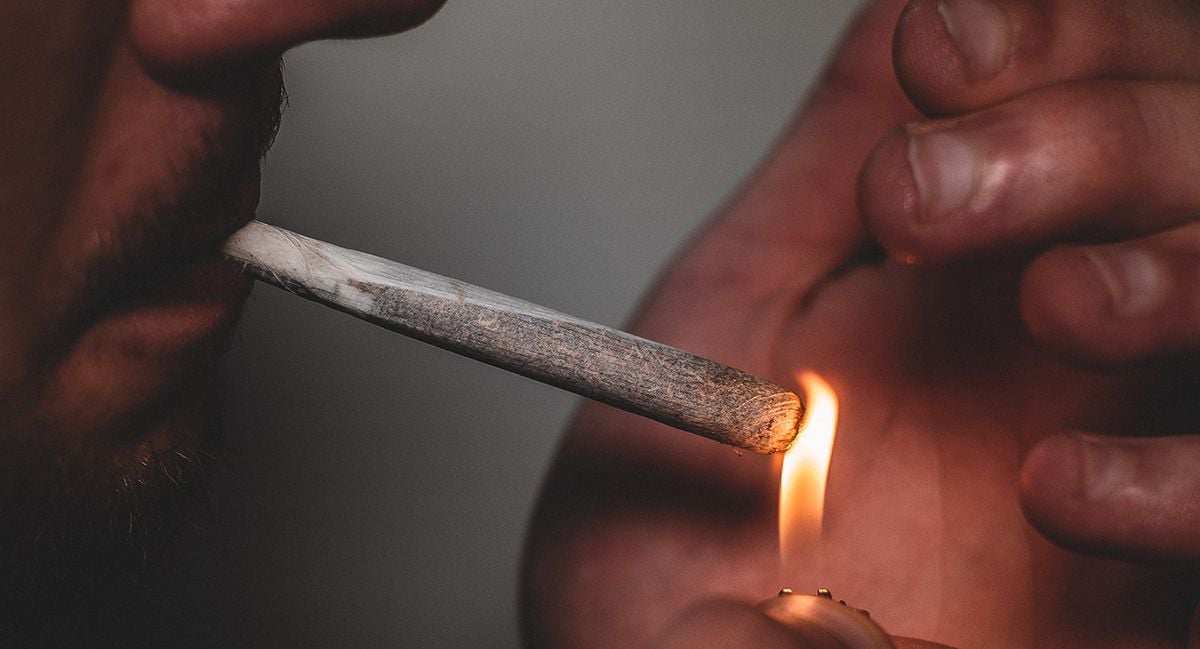
Differences Between a Joint, Blunt, and Spliff
The main difference between joints, blunts, and spliffs really comes down to the use of tobacco. While joints steer clear of tobacco altogether, blunts use it for wrapping and spliffs use it for filling (mixed with marijuana, of course). The following table sums it all up.
| Filling | Wrapping | |
|---|---|---|
| Joints | Pure Weed | Rolling Paper |
| Blunts | Pure Weed | Tobacco Leaf |
| Spliffs | Weed + Tobacco | Rolling Paper |
1. Rolling Papers and Wrappers
As we’ve just mentioned, blunts use tobacco leaves for wrappers, while both joints and spliffs use rolling paper. There’s no real difference between the latter two in this regard. Well, maybe people tend to make spliffs bigger than joints (because you must add tobacco to the mix), so all things considered, you’ll need slightly bigger paper sizes for spliffs.
As you probably know, there are rolling papers of different sizes: single wide (which is a standard), 1 1/4 (longer than single wide and wider), 1 1/2 and double wide (the same length as 1 1/4 but increasingly wider), king size, and king slim (the last two are the longest but produce relatively slim cigarettes).
Rolling papers also differ in their thickness, the presence of extra flavorings, the material they were made from, and whether they were bleached or not. However, all this affects such aspects as rolling, burning, flavor, and health and will be addressed below.
2. Smoking
There’s clearly a difference between a blunt, a joint, and a spliff in how they smoke. Pure marijuana smoke is much harsher on the throat than that of tobacco because of all that THC, which is quite an irritant. So, while smoking joints, it’s much more difficult on average, to deeply inhale and hold the smoke without coughing.
3. Rolling
Spliff and joints are hands down much easier to roll than blunts. Tobacco leaves tend to dry and get brittle. This means that before trying to roll a blunt, make sure the cigar (or the fronto leaf) has been stored at a relatively high humidity, e.g. in a humidor. Moreover, it’s a good practice to slightly wet the tobacco wrapper right before rolling – this will make it more pliable. Also, think about it when you plan to store your blunt for a longer period. Without a humidor, the wrap is likely to crack.
When rolling spliffs and joints, the standard size is the easiest one to handle. Rolling pinners and king-size ‘doobies’ may be more difficult. The thickness of the rolling paper also makes a difference: the thicker it is, the easier it is to make your cigarette look good and not fall apart. The downside of using thick paper is that it makes a larger contribution to the flavor of the smoke and not in a good way.
4. Insides
The contents of both joints and blunts is pure ground cannabis, and in spliffs, they are a mix of cannabis and tobacco. The ratios of the two may differ – it all comes down to how high you want to get or how much weed you have at hand or if you want to completely mask the aroma of weed, etc. Experiment with different ratios, and you’ll know what works best for you.
5. Outside looks
Blunts look like cigars or cigarillos and what gives them away as marijuana cigarettes is the bright-green color of their tips. It’s much trickier to tell spliffs and joints apart, unless the rolling paper is very thin – then the contents shine through and spliffs appear a bit more brown.
6. Color
The color of your cigarette’s fillings will tell right away what you’ve got there – a blunt, a joint, or a spliff. Good weed tends to be vivid green, the marijuana/tobacco mix is more brown, and there are few things in life more beautiful than the stark contrast between the bright green tip and the chocolate-colored wrap of a blunt.
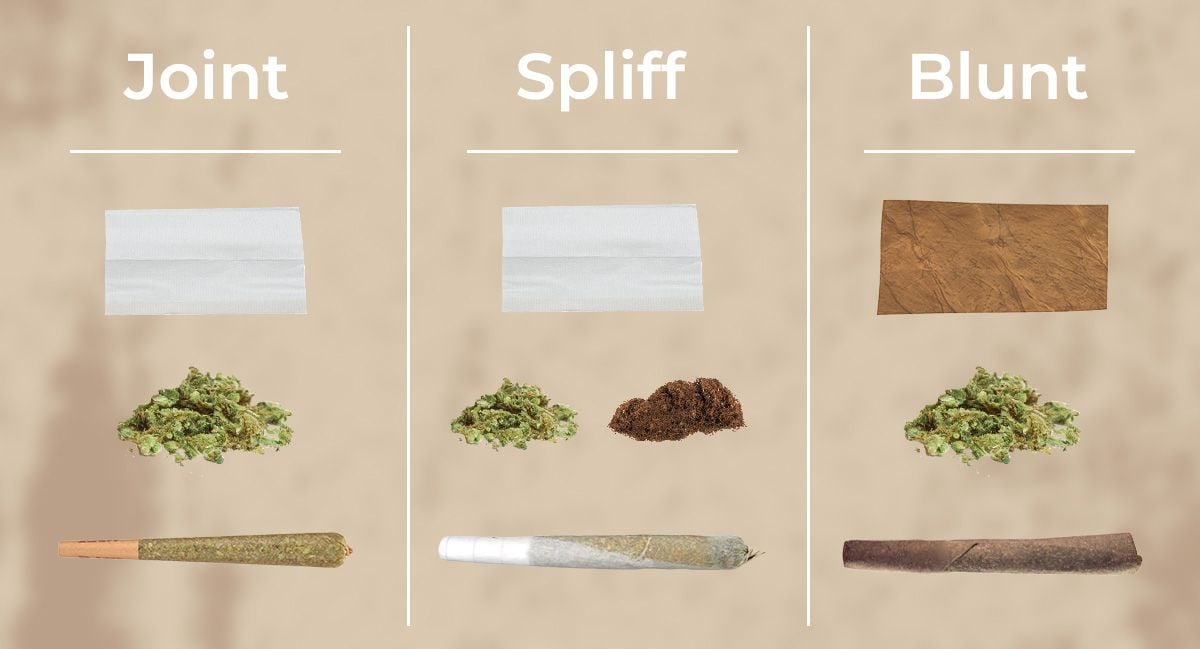
7. Size
Blunts are longer and fatter than the other two types, so they can be shared with more people, and that’s one reason for their attraction. Spliffs and joints are more or less the same size, but if you want to get as high or share your cigarette with as many people, make your spliff bigger than you would a joint.
8. Flavour
When it comes to blunts vs joints vs spliffs, flavor is the hottest topic. Most of it boils down to whether you like tobacco, hate it, or are indifferent to it. For some people, changing the aroma and taste of weed with anything extra is the worst kind of offense; others don’t mind experimenting. For those, good tobacco is a happy find, as it can taste like chocolate, honey, and other delicious stuff.
The same goes for rolling paper. For some of us, using flavored papers is a big no-no, others don’t mind them at all and try one kind after another or become loyal fans of a particular brand. What most smokers would probably agree on is that using bleached paper–whether in joints or spliffs–is simply criminal. Bleached paper is distinguished by its white color, and when you see it, be sure that you’re going to taste every chemical they use for bleaching it in your smoke.
The material of paper also affects the flavor of the smoke. Wood pulp seems to be the worst option. Better alternatives are rice and flax, with hemp paper being the top choice for connoisseurs.
9. Health
There’ve been many attempts to tie marijuana use to the problems of the airways, but most have failed so far. There’s probably a link between decades-long marijuana smoking and chronic bronchitis, but that’s it. Tobacco, on the other hand, is linked to a score of pulmonary diseases, including lung cancer. (Speaking of cancer, there are studies hinting that cannabis can even protect your lungs from tumors, but we need more research to say it with any confidence.)
We aren’t doctors, but most probably, you harm your health whenever you mix cannabis with tobacco. This means spliffs and blunts are probably more harmful than joints.
10. Burning
You probably hate it as much as we do when your weed cigarette is ‘running’ on one side more than others. It can be largely corrected by tighter and more consistent packing, but one thing is certain – spliffs burn more evenly because of the presence of tobacco in them.
If you wonder how long blunts will last vs joints or spliffs, well, they’re bigger, so they last about twice as long.
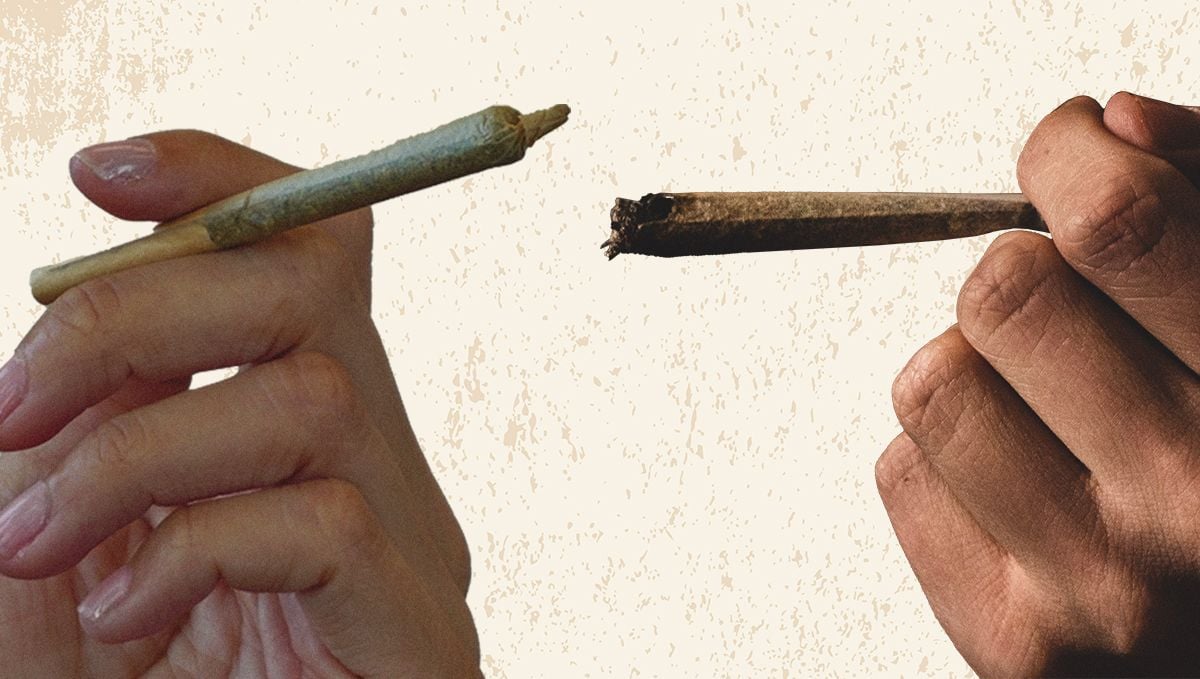
11. Popularity
Joints are the most popular type of the three, there’s no doubt about that. It may be less so in Europe, where mixing marijuana with tobacco may seem so natural that people would call their handiwork ‘a joint’ and not even know what ‘spliff’ means. In North America, when someone wants to enhance their weed smoking experience with tobacco, they’ll most probably roll a blunt.
12. Costs
Spliffs are the least expensive, as tobacco used in them costs less than marijuana (unless you grow your own). Joints are in the middle, and blunts are the most expensive of them all, as you need to purchase a cigar for one cigarette at the same price that would buy you a bunch of premium-quality rolling papers. Besides, blunts are bigger – they may contain twice as much marijuana than a joint and so cost you twice as much.
13. Effects
Being the biggest, blunts ensure the most potent and long-lasting effects than either joints or spliffs. In spliffs, the effects are further ‘diluted’ by tobacco. On the other hand, tobacco provides an additional bang – that energetic loud buzz that may make your knees weak if you aren’t a cigarette smoker. However, this buzz is as short-lived as it is intense and will soon subside, giving way to the underlying regular marijuana high.
14. Smell
The presence of tobacco in spliffs and blunts also makes smoking more discreet, as tobacco masks the smell of marijuana and people may think you’re just smoking regular hand-rolled cigarettes. But don’t make it a habit to smoke them indoors – tobacco smell is very hard to get rid of, as it tends to penetrate everything (wallpaper, furniture, clothes, bed linen) and stay there forever. Cannabis smell, on the other hand, may be sharp, but it doesn’t linger.
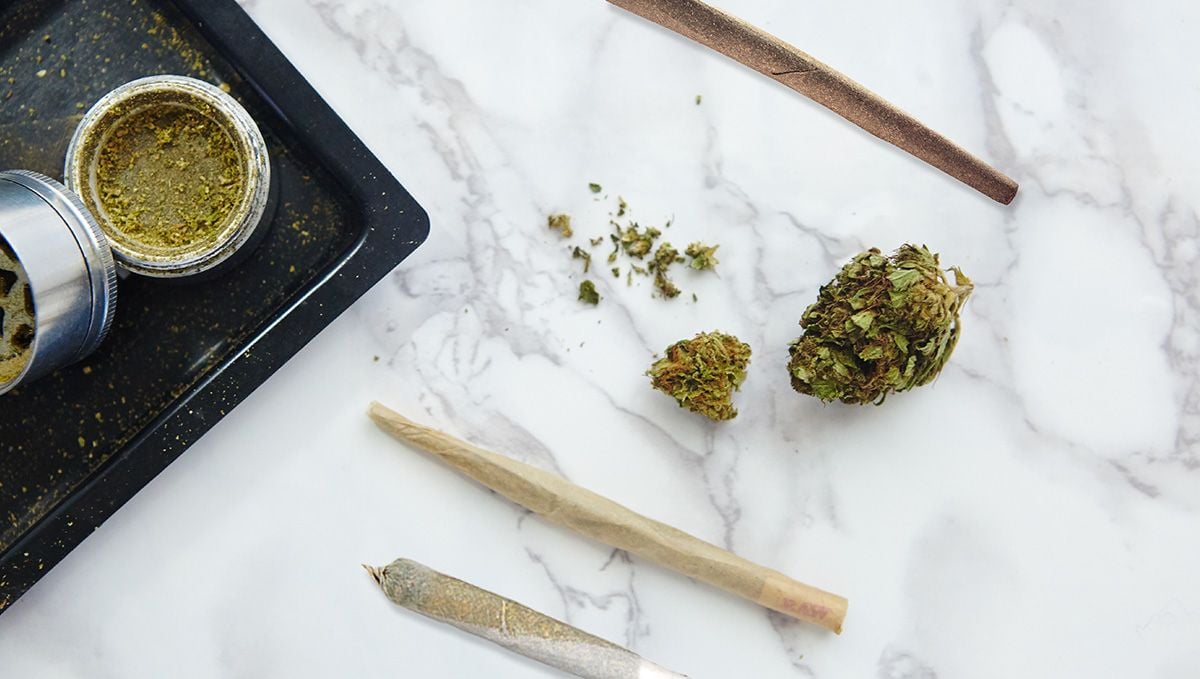
Pros and Cons of Joints
Joints are an eternal classic. They have many die-hard fans who won’t use any other form of weed consumption. However, it doesn’t mean spliffs and blunts aren’t an even better fit in certain situations.
Advantages
Compared to both spliffs and blunts, joints don’t carry the health risks associated with tobacco. To put it differently, they are healthier. They’re smaller than blunts and more convenient to carry around and use on the go. You can store them for a long time without fearing they’ll start to crack and fall apart. They’re small enough to finish in one session, but if you can’t finish them, there’s nothing easier than putting them out and saving for later. They don’t stink up your place with persistent odors like their tobacco-based counterparts do. Rolling one certainly requires some getting used to but not as much as blunts.
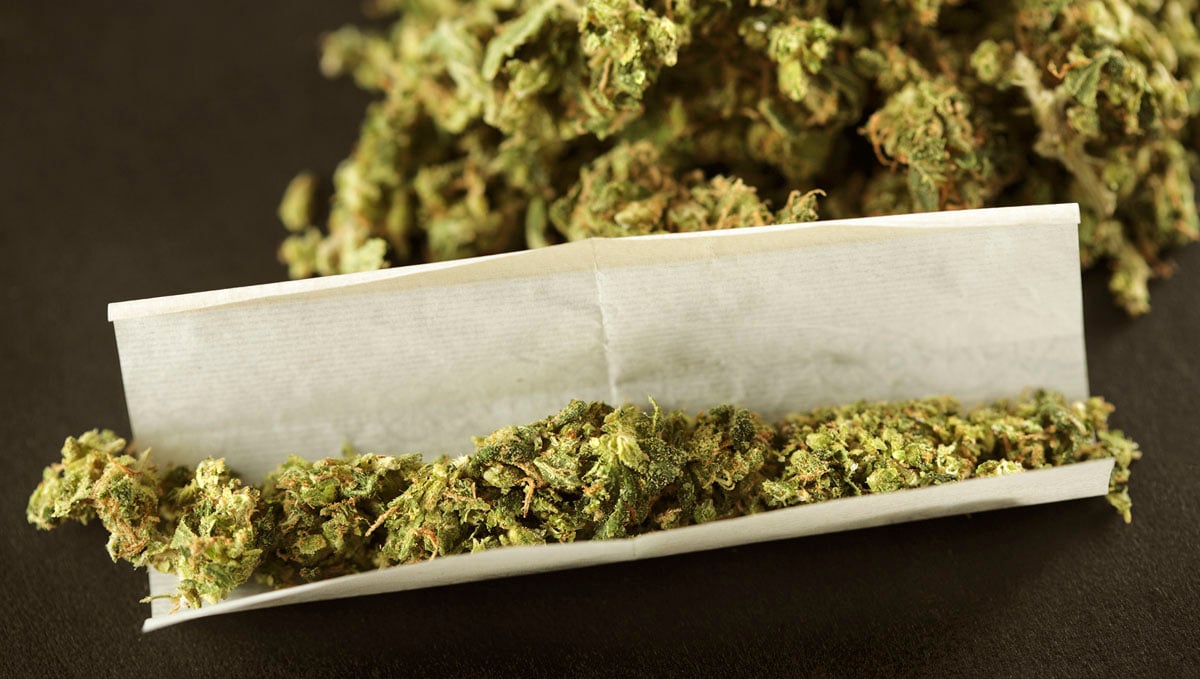
Disadvantages
Joints don’t burn as smoothly as spliffs and don’t last as long as blunts. They aren’t the best option if you want to share your smoke with many friends. You need more weed to roll them compared to spliffs, and rolling a joint vs spliff can be a bit more difficult since there’s no tobacco here that would contribute to better cohesion. The absence of tobacco also makes it very difficult to conceal you’re smoking cannabis, and joints are also prone to burn unevenly. You can mitigate this with using a double layer of paper, but the taste will be worse for it, so it’s a trade-off not everyone’s willing to take.
Pros and Cons of Blunts
We personally wouldn’t smoke anything with tobacco in it, but that doesn’t mean blunts don’t deserve their day in court.
Advantages
Blunts are longer and fatter than either joints or spliffs, and they have a thicker wrap, so it all means that blunts burn slowly and ensure a much longer smoking session. You don’t need to be in a hurry, making fast tokes and quickly passing your cigarette to a person waiting their turn. Instead, you can relax, enjoy the process, have a few laughs, and even space out for a bit. The sheer amount of weed in a blunt also ensures a deep stone to even a seasoned smoker, while tobacco will deliver an extra kick of energy and good mood and tantalize your taste buds with extra flavors. The smell of tobacco may also fool those around you – very useful in situations where cannabis smoking is prohibited or frowned upon.
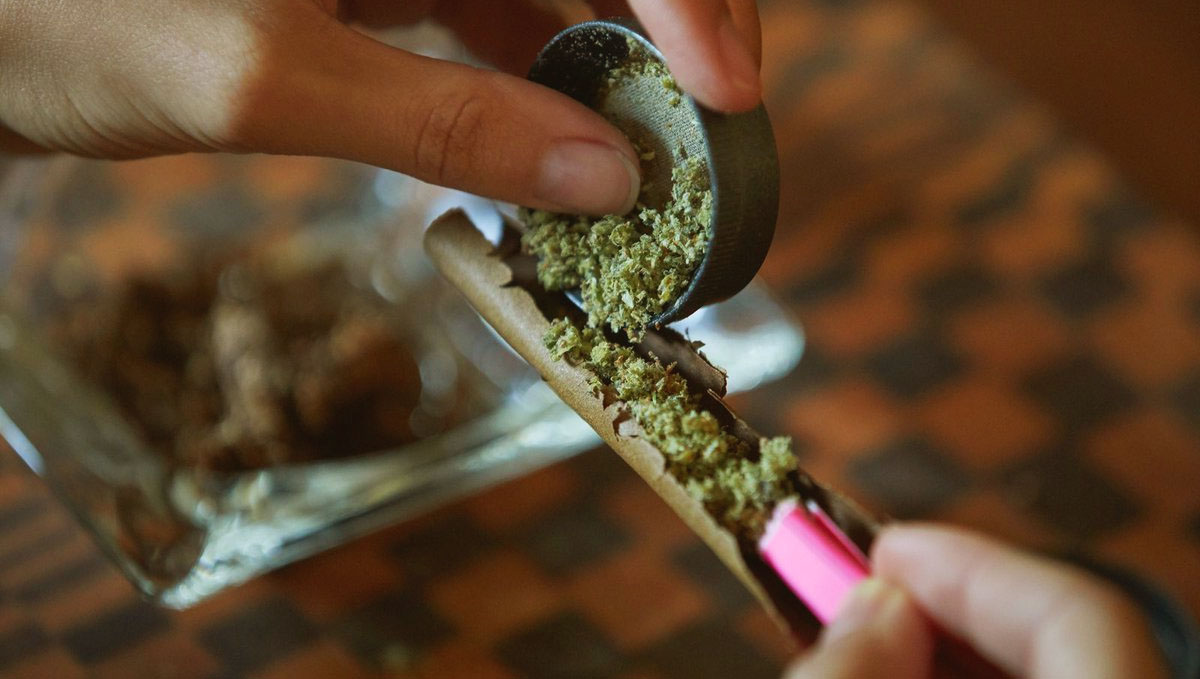
Disadvantages
The inhalation of tobacco smoke, which is inevitable with blunts, may be bad for your health and will definitely affect the flavor of weed – whether you like it or not, depends on your personal taste. Rolling a weed cigarette with a cigar wrapper or a tobacco leaf is trickier than rolling paper, and if you don’t store it properly, the outer layer of your blunt will eventually crack and fall apart.
Pros and Cons of Spliffs
To us, spliffs seem a rather useless invention, but let’s see what can be said in their favor.
Advantages
Thanks to tobacco mixed in with weed, spliffs are easier to roll. They also burn more slowly and evenly than joints. You can save on weed when rolling a spliff, and the tobacco part will provide additional stimulation, which can reach intensity of a rush for non-smokers. Depending on how much tobacco you add, its smell when smoking may be enough to mask the odor of marijuana.
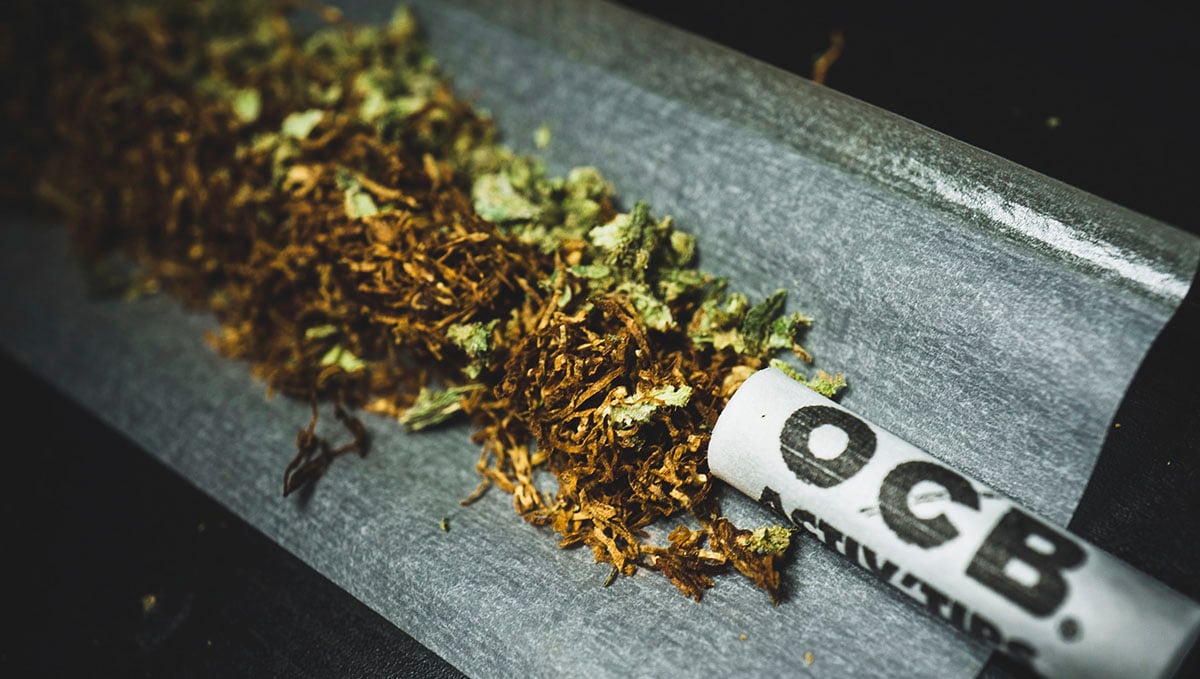
Disadvantages
As with any mix of marijuana and tobacco, the health risks are greater than with marijuana alone. Weed connoisseurs are also offended by the mere notion of spoiling the pure taste of buds with tobacco, while the effects get affected too, and most importantly, a spliff can’t make you as high as a joint of the same size (as buds don’t make up 100% of its contents).
The Bottom Line
We hope that after reading this article, you completely understand the difference between joints, blunts, and spliffs and can make an informed choice of which of these three will be the best fit to your personal taste and smoking style. Keep in mind the tradeoffs between health and convenience and decide what works for you best. Happy experiments!
FAQ
Do backwoods get you higher?
Backwoods blunts are bigger than normal joints, hold more weed, and will get you much higher if you finish everything in one session. The nicotine in the cigar wrapper provides an additional buzz, which is short-lived but can be very intense for someone with a low tolerance for tobacco.
Do spliffs get you higher than joints?
No, a spliff of the same size as a joint holds less weed and gives you a weaker high. However, if you aren’t a cigarette smoker, the tobacco part of a spliff will generate quite a loud additional buzz if only for a short while.
What burns faster blunt or joint?
The use of a thick cigar wrap or tobacco leaf in a blunt makes it burn at a slower rate than a joint. Blunts are also bigger and thus can last longer.
Is a blunt or joint easier to roll?
As joints are rolled using paper, they are much easier to roll than blunts whose tobacco wrap is much thicker and less pliable and even tends to crack when not moist enough. For easier rolling of a blunt, moisten the wrap before you proceed.
How many cigarettes equal a blunt?
On average, a blunt holds two times the bud as a normal-size marijuana cigarette (joint). The tobacco wrap of a blunt may be equal to the contents of one cigarette or slightly less.







Comments